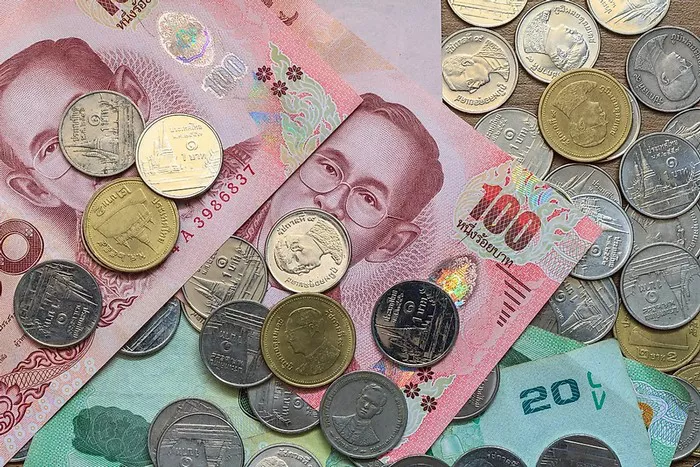Investing in foreign markets can be an excellent way to diversify your portfolio and potentially enhance returns. However, it also comes with its own set of challenges and considerations. Whether you’re a seasoned investor or just starting out, understanding how to navigate foreign markets is crucial for success. In this guide, we’ll explore the various aspects of investing in foreign markets and provide you with practical tips to help you make informed decisions.
1. Understanding Foreign Markets
Before diving into foreign markets, it’s essential to understand their dynamics. Each country has its own economic, political, and regulatory environment, which can significantly impact investment opportunities. Factors such as currency fluctuations, geopolitical risks, and cultural differences can also affect your investments. Therefore, conducting thorough research on the specific market you’re interested in is vital. Look into the country’s economic indicators, stability of its government, and any legal or regulatory barriers to foreign investment.
2. Assessing Risk and Return
As with any investment, it’s crucial to assess the risk-return profile of foreign markets. While investing internationally can offer higher potential returns, it also comes with increased risks. These risks include currency risk, political instability, and regulatory changes. To mitigate these risks, consider diversifying your investments across different countries and asset classes. Additionally, research investment options that offer hedging mechanisms against currency fluctuations, such as currency-hedged exchange-traded funds (ETFs) or currency futures.
3. Choosing Investment Vehicles
There are several investment vehicles available for accessing foreign markets, each with its own advantages and disadvantages. Some common options include:
Mutual Funds and ETFs: These provide easy access to a diversified portfolio of international securities, making them suitable for investors seeking broad exposure to foreign markets.
American Depository Receipts (ADRs): ADRs represent shares of foreign companies traded on U.S. exchanges, allowing investors to invest in international companies without dealing with foreign exchanges directly.
Direct Stock Purchase: For more experienced investors, purchasing stocks directly on foreign exchanges can offer greater control over investment decisions. However, this approach may require more research and understanding of foreign markets.
Consider your investment goals, risk tolerance, and level of expertise when choosing the most suitable investment vehicle for your portfolio.
4. Currency Considerations
Investing in foreign markets involves dealing with different currencies, which introduces currency risk. Fluctuations in exchange rates can impact the value of your investments, either positively or negatively. To manage currency risk, consider using hedging strategies, such as currency forwards or options. Additionally, diversifying investments across multiple currencies can help reduce exposure to any single currency’s fluctuations.
5. Monitoring and Rebalancing
Once you’ve invested in foreign markets, it’s essential to monitor your investments regularly and rebalance your portfolio as needed. Keep track of economic and political developments in the countries where you’ve invested, as these can impact market performance. Rebalancing involves adjusting your portfolio’s asset allocation to maintain your desired risk-return profile. Regularly review your investment strategy and make adjustments as necessary to stay aligned with your financial goals.
FAQs
Q1: What are the main benefits of investing in foreign markets?
A1: Investing in foreign markets offers several benefits, including diversification, potential for higher returns, and exposure to industries and sectors not readily available domestically. Diversifying across international markets can help reduce portfolio risk by spreading investments across different economies with varying growth drivers and market cycles.
Q2: How can I mitigate currency risk when investing in foreign markets?
A2: Currency risk can be mitigated through various hedging strategies, such as using currency-hedged ETFs, currency forwards, or options. These instruments help protect against adverse currency movements by locking in exchange rates or providing downside protection. Additionally, diversifying investments across multiple currencies can help spread currency risk.
Q3: What are the key factors to consider when choosing international investment vehicles?
A3: When selecting international investment vehicles, consider factors such as diversification, liquidity, fees, and currency exposure. Mutual funds and ETFs offer diversified exposure to foreign markets, while ADRs provide access to individual foreign companies. Assess the investment vehicle’s track record, management team, and expense ratios to ensure it aligns with your investment objectives and risk tolerance.
Investing in foreign markets can be rewarding but requires careful consideration and due diligence. By understanding the unique characteristics of foreign markets and implementing sound investment strategies, you can effectively diversify your portfolio and capitalize on global investment opportunities.


